Rose Geranium Essential Oil - Organic
Pelargonium graveolens
Grade : 5/5
4 reviews
-
 Recyclable bottle
Recyclable bottle
-
 100% pure, natural, integral
100% pure, natural, integral
-
 Certified Organic
Certified Organic
-
 Internal and external use
Internal and external use
-
 Chemotyped
Chemotyped
Versatile in aromatherapy, with its rosy, herbal fragrance.


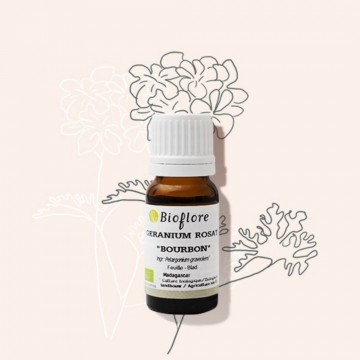
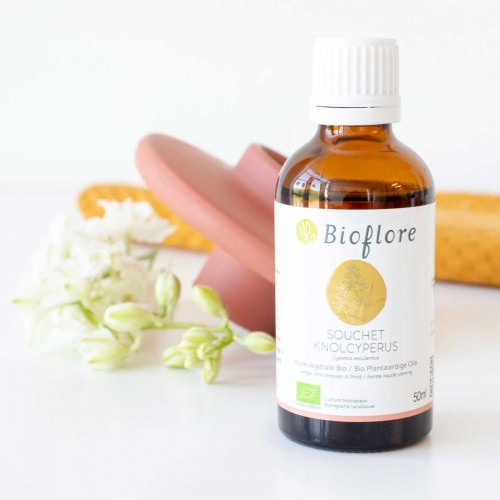

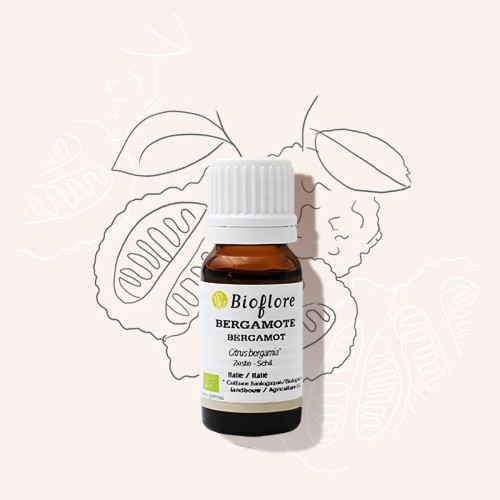
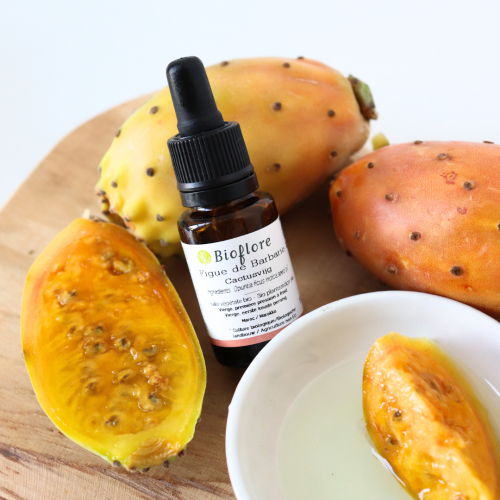


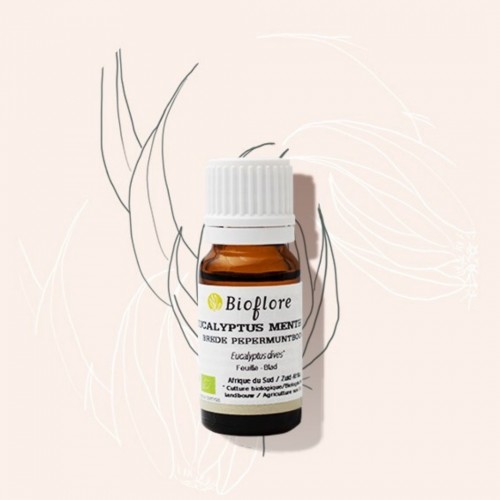
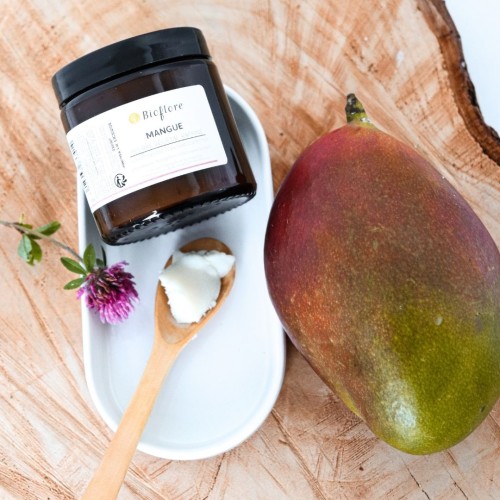
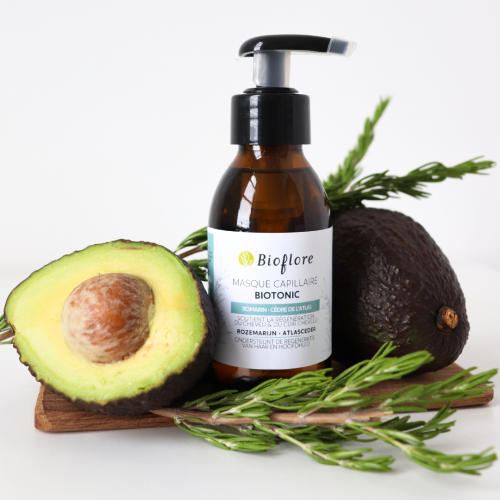


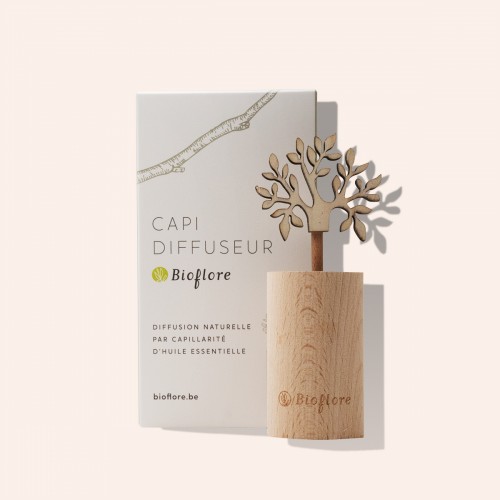




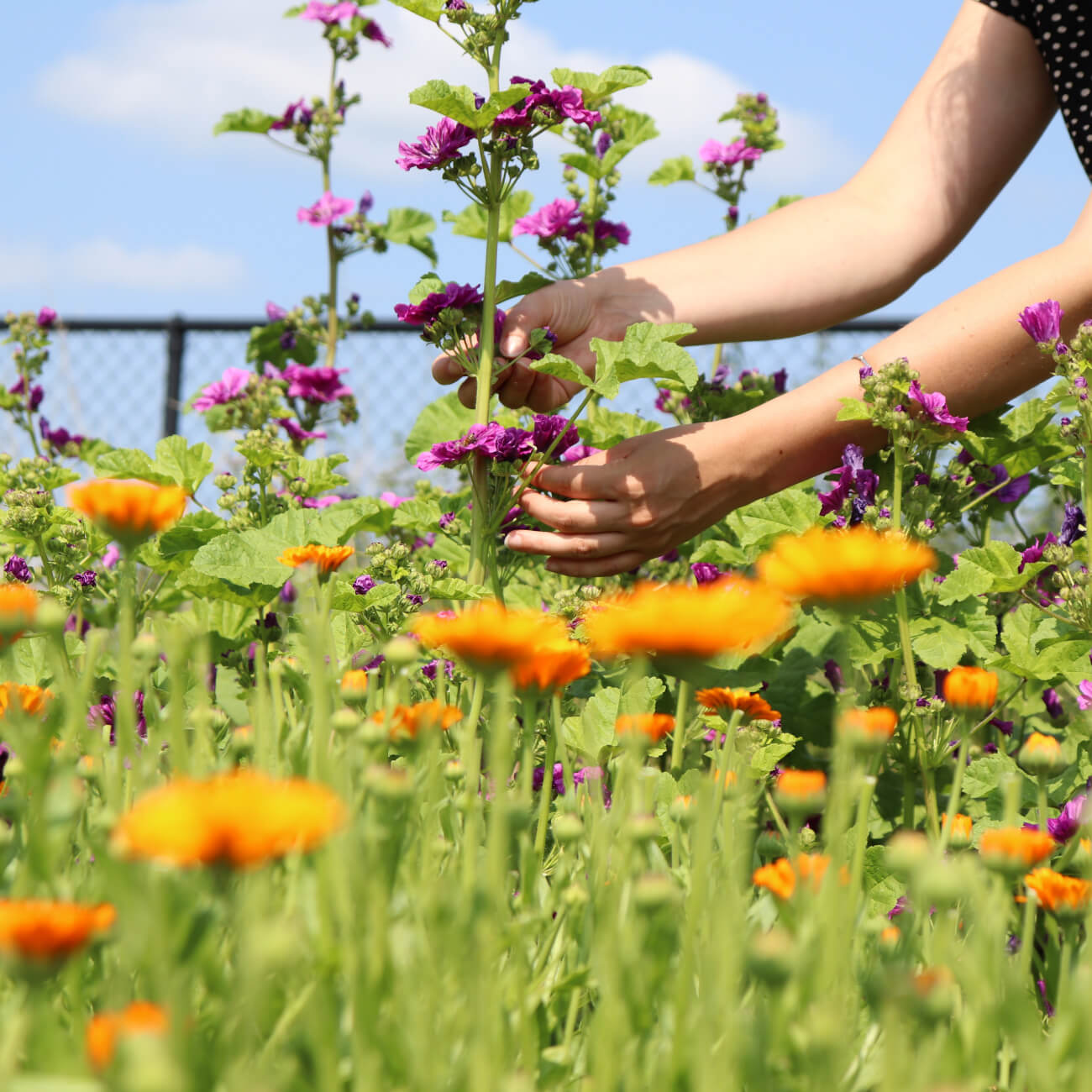
4 reviews